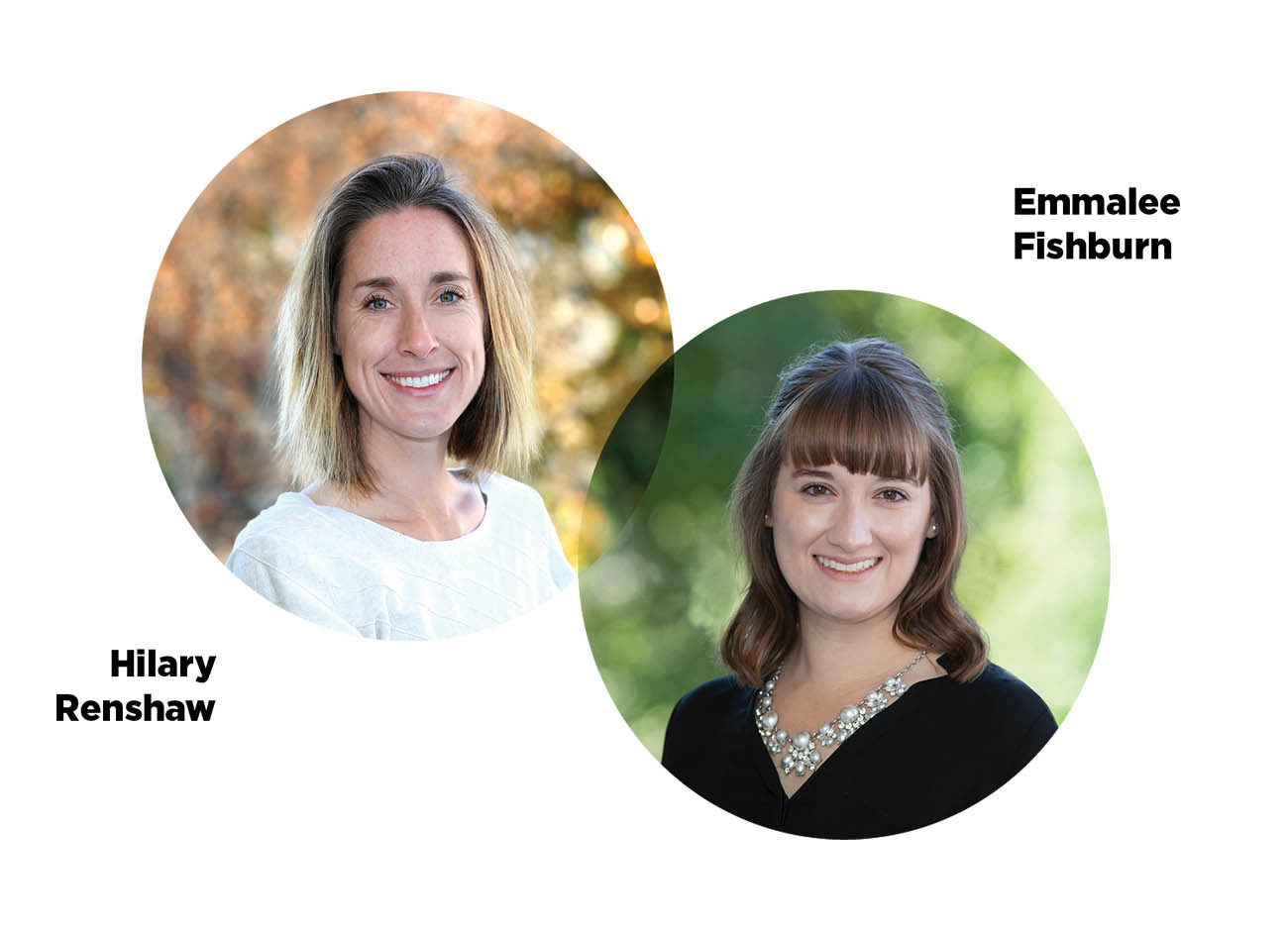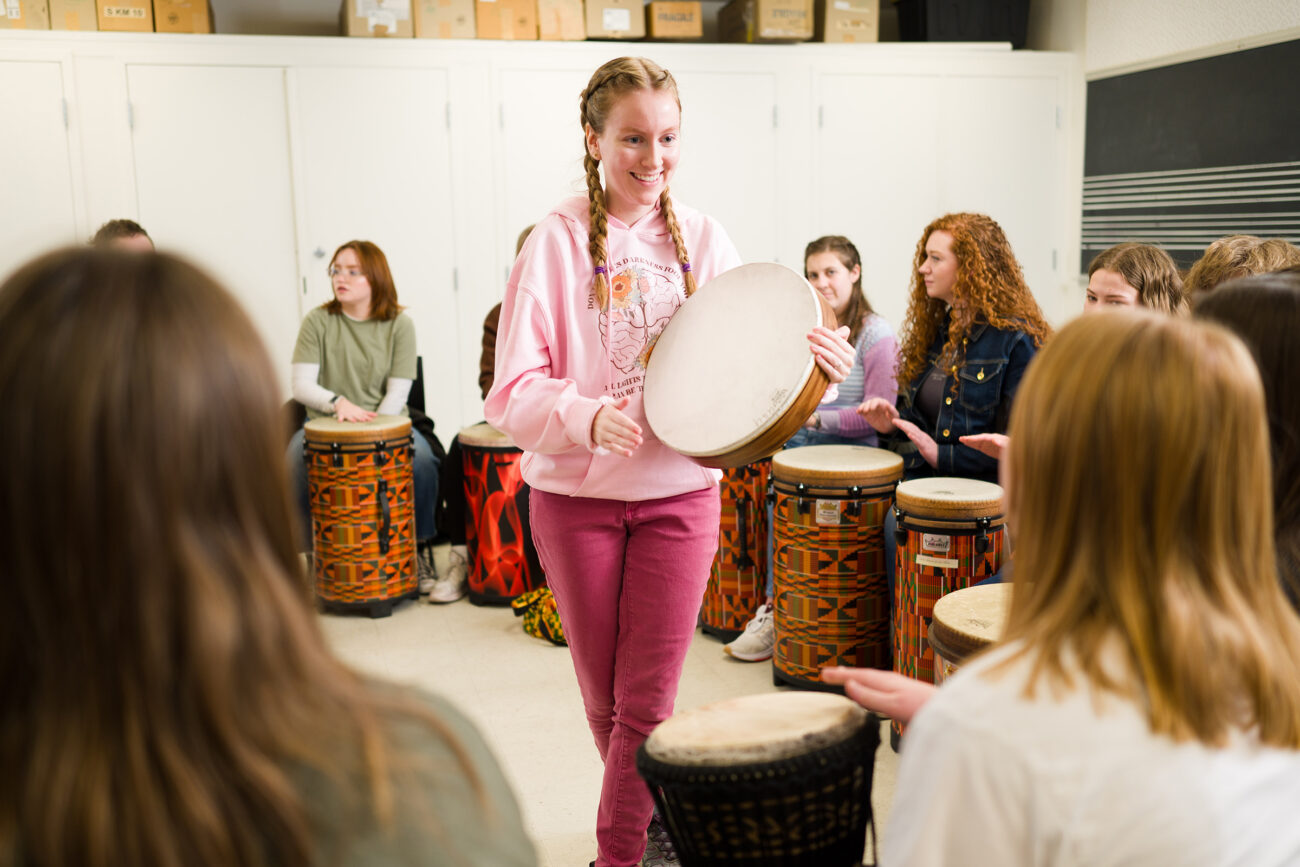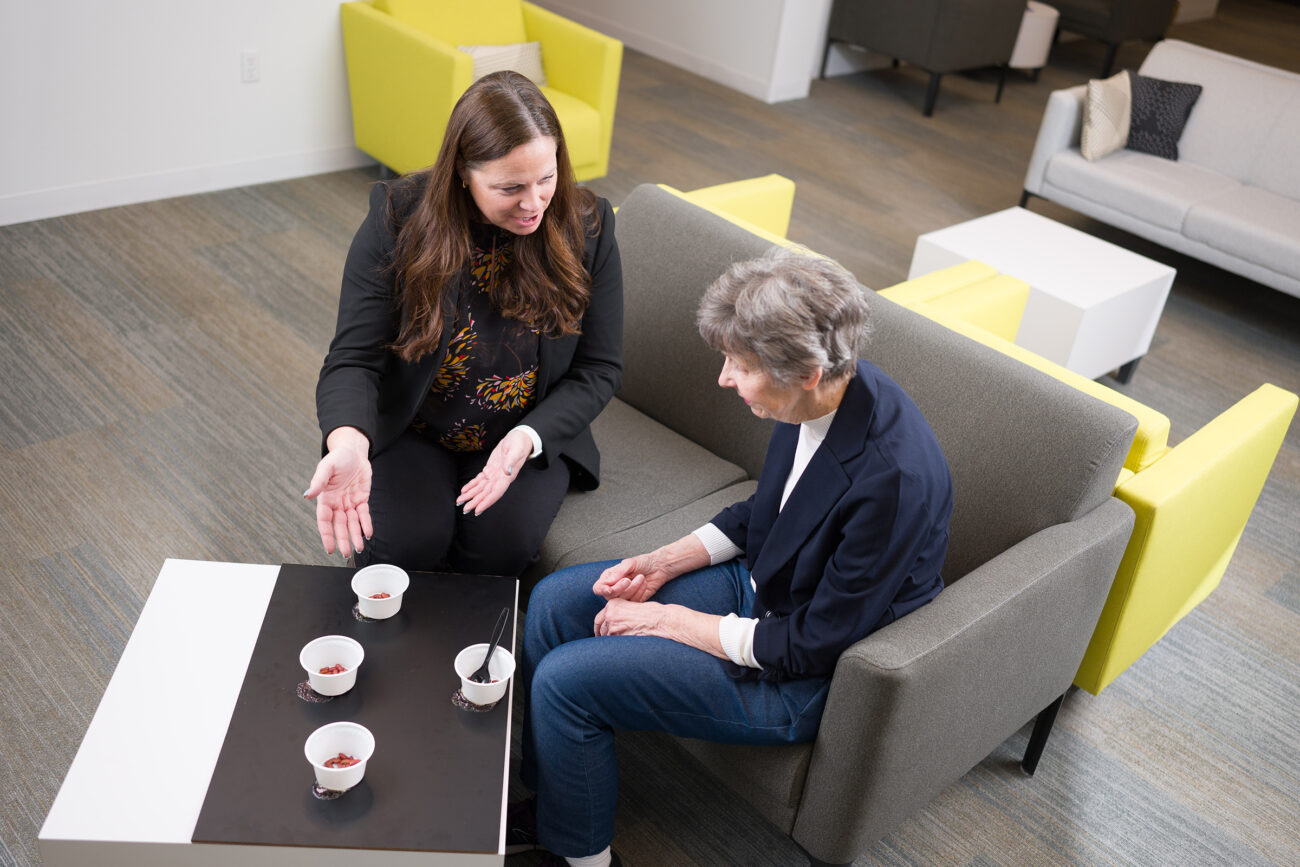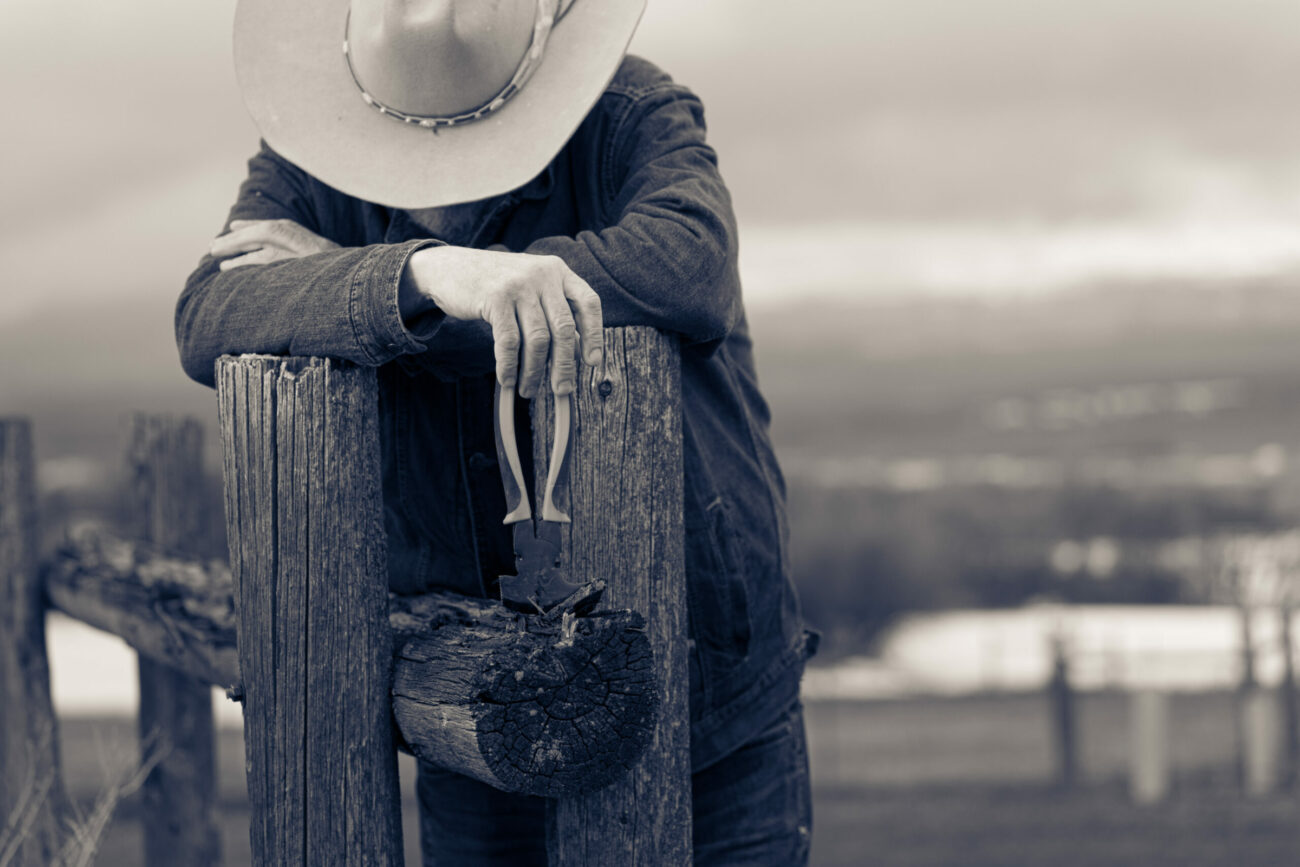Dignity and Respect

In July 2016, the Salt Lake Tribune ran a story about multiple sexual assaults perpetrated by an unnamed former Utah State student later revealed to be Torrey Green.
This story set off an institutional soul-searching process that spurred a series of university-wide changes: updating campus policies related to sexual misconduct, mandatory training for incoming students, adoption of a new bystander intervention program, providing enhanced sexual misconduct training for employees, hiring more staff who handle accusations of sexual misconduct, and launching campaigns to educate students about “consent” and how to help survivors.
This spring, the committee that coordinates sexual misconduct prevention and response efforts at Utah State met for its third annual retreat. We reflected on our accomplishments but embraced that a great deal of work lies ahead. Changing USU’s culture around sexual misconduct takes faculty and staff, students and, yes, alumni. It takes all of us willing to become Upstanders—those who stand up to prevent harm to others—to ensure everyone feels safe at USU.
–Amanda DeRito, ‘99, MS ’01, Director of Crisis Communications and Issues Management at USU
The following is a conversation with Hilary Renshaw, USU’s new Title IX Coordinator, and Emmalee Fishburn, a prevention specialist in USU’s Office of Equity.
You are both recent hires at USU. What made you want to join a university in the spotlight?
Emmalee Fishburn: I was impressed with USU’s transparency during the interview process. I’ve worked on campuses before and came to USU because the university seemed intent on making good at its promise to do better. When an incident happens on a campus, it teaches you what your gaps are and what needs to be fixed to support students, faculty, and staff. The response is what matters.
Hilary Renshaw: I came because I got the sense that USU was going to invest in the necessary resources and hire people with the appropriate background to address the challenges that lie ahead. In the past year, we have more than doubled the number of staff members who handle accusations of sexual misconduct. While the work began before I got here, I was excited to come help build something great.
Do students feel safe at USU?
HR: Part of helping people feel safe is being clear about expectations and addressing problematic behavior. We try to educate people where education is appropriate and sanction people when sanctions are appropriate. It’s about creating accountability across the system.
EF: In April, USU conducted its second campus climate survey and found that 92 percent of students felt safe on their campus—the same percentage from the original 2017 survey. We did see a 16 percent increase in the number of students who said they are aware of how to report sexual misconduct at USU, but only a third of students said they know what happens after a report is made. So, while more students know where to go to report a problem, they don’t always know what happens next. Clarifying the report follow-up process will be part of future education efforts.
In 2017, the U.S. Department of Justice opened a federal review into the university’s handling of sexual misconduct reports. What is the status of the investigation?
HR: We do not have any sense of the timeline of when the DOJ review report will be issued, but we are not waiting for the report to make improvements. The DOJ review process helped us identify gaps in our response, which we’ve addressed by adding resources where they are needed. For instance, we hired staff who specialize in providing supportive measures for students who may need academic assistance after an incident, as well as a new executive director for the Office of Equity. We are in a different spot from when I came to USU and it speaks to what we can do with time.
What is USU doing to improve the campus climate?
EF: In 2017, USU launched Upstanding, a bystander intervention program that teaches people both what it looks like when someone in trouble needs your help, and the skills to intervene. In the last two years, nearly 7,000 USU community members have been trained. That number will go up as incoming students and student organizations get trained in the next academic year. We’ve also made considerable progress in staff trainings. Since January 2017, we have had more than 3,800 employees participate in trainings concerning sexual misconduct prevention and responsible employee obligations—when to report a disclosure of sexual misconduct to the Title IX Coordinator.
HR: We are updating the university’s sexual misconduct policy. We are also working on developing an annual report that will show overall trends in reporting and the sort of cases we’re seeing. Federal education privacy laws restrict what we can say about individual cases, but in an aggregate report, we can explain what incidents were reported and how we responded to allegations. We are getting out of a reactive state and moving into a best practice state.
What comes next?
HR: We are going to continue to educate students, faculty, and staff on boundaries and consent, and giving students the vocabulary and the toolbox to navigate these issues. At the end of the day, it’s about creating a healthy environment of dignity and respect to set people up for success.
EF: Everyone is impacted by issues of sexual harassment, sexual assault, stalking, and domestic violence—either personally, or through someone they know. This isn’t a USU problem, it’s a society problem, and we need everyone, including alumni, to help address sexual misconduct by talking about healthy relationships and saying something when they see or hear things that aren’t okay. Our goal is to normalize conversations about these topics because the less openly we talk about sexual misconduct, the easier it is for it to continue in our communities.
For more information about these efforts, go to: sexualassault.usu.edu
TIMELINE
SPRING 2016
- New Sexual Harassment Policy 339 adopted by USU.
SUMMER 2016
- Salt Lake Tribune publishes a story, showing gaps in sexual misconduct prevention and response efforts at USU.
FALL 2016
- USU launches campaign defining sexual consent.
- USU awarded DOJ Office of Violence Against Women grant to create community-wide response to sexual violence
- President Stan Albrecht creates a new Sexual Violence Task Force.
SPRING 2017
- USU conducts its first sexual misconduct survey for students.
- USU houses sexual assault resources on one landing page, sexualassault.usu.edu
- More than 4,000 USU community members sign the “I Will” pledge to stop sexual assault.
FALL 2017
- USU launches “Upstanding” bystander intervention program: 2,808 trained.
- USU mandates all new students to take online sexual assault prevention course.
SPRING 2018
- USU launches “Start by Believing” campaign to combat bias issues that affect survivor disclosures.
- USU overhauls its Title IX office.
- An independent firm hired by USU to investigate allegations of misconduct in its music department releases recommendations.
SUMMER 2018
- USU invests $100,000 to add more than 50 cameras across the Logan campus.
- USU creates Sexual Violence Prevention and Response Advisory Committee.
- Overhaul of USU fraternity and sorority life system to improve student safety and accountability begins.
FALL 2018
- USU hires a new fraternity and sorority life coordinator, a new prevention specialist to coordinate campus-wide sexual misconduct efforts, a new executive director of the Affirmative Action and Equal Opportunity office, and names a new Title IX coordinator.
- Two new positions (outreach coordinator and therapist) are funded and staffed at SAAVI office.
- 3,640 persons trained in Upstanding interventions.
SPRING 2019
- USU implements its second sexual misconduct survey for students.
- SAAVI releases healthy online dating social media campaign.
- USU launches a second “Start by Believing” campaign.
SUMMER 2019
- AA/EO changes to Office of Equity.





